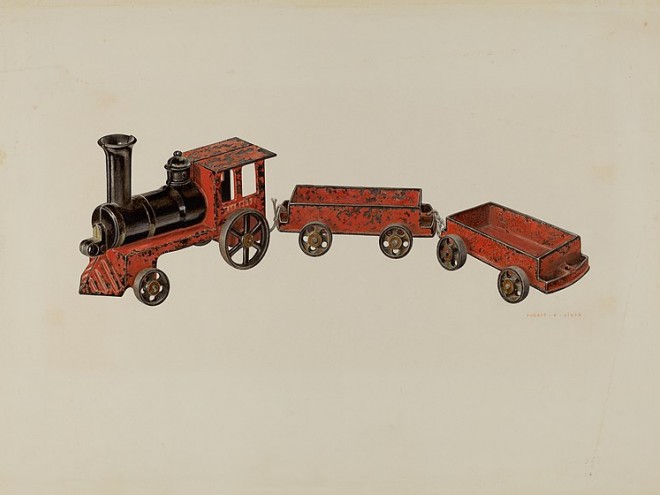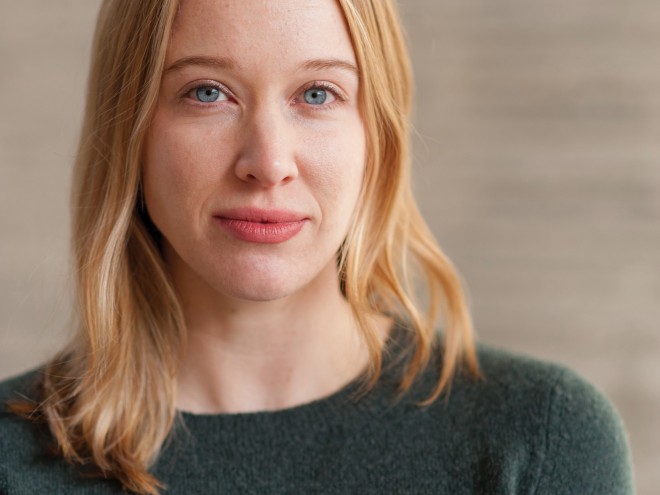
It’s a bitingly cold morning on a barren plain in Western Sichuan province. Though technically part of China, this is an ethnically Tibetan area sitting on the eastern reaches of the Tibetan plateau. A friend and I have been slowly making our way across the province on a prolonged backpacking adventure — a long vacation for me wedged in between the past five years that I’ve been working as a pediatric oncologist in Jerusalem, and the next year in which I’ll be doing advanced training in pediatric palliative care in Boston. The book I would come to write, This Narrow Space, which revolves heavily around cultural attitudes to illness, loss, and healing, was still just a seed of an idea waiting to be coaxed into existence.
The previous afternoon, at our nearby village guesthouse, the receptionist had asked whether we might be interested in seeing a Tibetan sky burial. Without even asking exactly what that was, we jumped at the chance to get a close-up view of some local culture. The name alone sounded so cool — who wouldn’t want to see that? I had spent much of my professional life exposed to death and mourning; though most children with cancer do survive, my chosen area of subspecialty often meant that I worked with a higher proportion of children facing end of life. Having been present through the decline of so many patients, I was already intimately familiar with the dying process, but this was an opportunity to get a window into a totally different cultural approach to that process.
Reading up in my guidebook that night, I learned that the sky burial was a ritual born of necessity — an adaptation of religious practice to the physical realities of life at high altitude. Up here, not enough wood grows to make cremation feasible, and the earth is frozen pretty much year-round, making burial impractical. So the locals, who practice Bon, a form of Buddhism mixed with ancient animist beliefs, developed the sky burial, whereby the body is returned to nature.
The ritual begins at home, as a person is dying. Throughout the dying process (and several days beyond what we would in the West identify as “time of death”), prayers are continuously chanted over the body. By the end of that period, the spirit is believed to have moved on, and the body represents just earthly flesh. At that point Buddhist monks remove the body and bring it to whatever local spot has been set aside for the “burial.” Family typically do not attend, but remain at home praying with their community.
And that’s how I end up standing in the middle of nowhere, at dawn, one November morning. The plains and low hills stretch out to the horizon — endless gray sky above; hard, frozen earth under my feet, the cold coming up through my boots, and only the small town, still visible a couple of miles away, attesting to any human presence.
After standing around for a while wondering whether we’d been duped for taxi fare, a small tractor crests the adjacent hill, towing behind it a small wagon with what is clearly, from the feet sticking out, a body wrapped in a tarp. The tractor stops, and the monks carry the body down the hillside, closer to where I am standing. They carefully lay it out, cutting away the clothes and setting them aside in a bag, which will be burned afterwards. The body is then secured by tying its outstretched arms to a stake in the ground. At this point, it’s hard to ignore the vultures gathering just a few dozen meters up the hill. There are so many of them — multiplying by the minute — and they’re huge, beyond anything I’d imagined. Their animal physicality and raw energy in such proximity to a dead human is jarring. Their numbers grow until there seems to be just one giant, pulsating mass of feathers, beaks, and claws as the animals jostle for position.
One of the monks takes out a long knife and begins carving long, deep cuts into the body. I know that the flesh at this point is stiffened by rigor mortis, the blood congealed, so it doesn’t surprise me that there is no bleeding, that the flesh doesn’t just pull away. And yet, the scene is shocking. Typically, after one of my patients in Jerusalem dies, I help the nurses wash the body and gently remove any tubes or wires left over from our treatments, preparing the body for final moments with loved ones before the burial society takes it away for funeral preparations. In the West, what I am seeing here would be a desecration, a violation.
Just as I’m digesting this matter of the cutting of the bodies, the monk takes a few steps back and in one fell swoop, all of the vultures descend in one feathered cloud onto the body. Where just a second ago there was a human body now is just a frantic horde of birds. After about fifteen minutes the monk approaches again, shooing away the vultures. They quickly retreat to the crest of the hill. All that is left behind is a skeleton with a few loose strips of tendon and connective tissue. The monk gathers these remnants and sits next to a flat stone. He takes out a small hatchet and places a bag of barley meal at his side. He then uses the head of the hatchet to methodically pulverize the remains, crushing them on the stone. As each piece is reduced to pulp, he pauses to mix it with barley meal, making a sort of patty which he then tosses to the waiting vultures. Soon, nothing is left of the body. Nothing. The spirit has moved on and the flesh has returned to nature.
Compared to everything I’ve ever experienced around death and burial, this is so different, so particular to this environment and culture. I think back to my grandfather’s funeral, the first I ever attended. The first dull “thunk” of earth sliding from my shovel onto the pine box. The manicured green lawns and carefully pruned hedges of the suburban Long Island cemetery. How far from all that I am now. I wonder what the people here would think if they had seen that funeral. Would they have reacted with the same alien wonder, amazed that a culture could show such disrespect for a body, throwing dirt on it and leaving it to decompose? And yet, as I take it all in, despite all of the elements that seem so unique to this particular place and culture, there are universal elements that resonate. The solemnity surrounding the recognition of a person’s passing. The recognition that the flesh, impermanent as it is, returns to nature. The hope that the spirit or soul survives in some form. I see similarities between the Jewish tradition of shemira, or watching over the body between death and funeral, and the Tibetan Buddhist tradition of praying over the body for several days. In both customs there is the recognition that death is a process, a passage to be marked by ritual, and not just a fixed moment in time. Particular, but universal.
We hike back into town where a local, who was also at the burial, points out the home of the family of the deceased. A large metal door set into a stone wall is ajar, revealing a courtyard crowded with people sitting and chanting prayers. Someone beckons us in. A few people slide over on a bench to make room for us. We sit there for a long time, two Westerners among a crowd of ethnic Tibetans, feeling the thrum of prayers and prayer wheels around us. Like the Kaddish declaration of God’s mercy in the face of sorrow, the ceaselessly spinning prayer wheels seem to attest to the possibility of renewal, even growth, in the face of loss.
Image via Tsemdo Thar/Flickr
Elisha Waldman is associate chief, division of pediatric palliative care, at the Ann and Robert H. Lurie Children’s Hospital of Chicago. He was formerly medical director of pediatric palliative care at the Morgan Stanley Children’s Hospital at Columbia University Medical Center in New York. He received his BA from Yale University and his medical degree from the Sackler School of Medicine in Tel Aviv. He also trained at Mount Sinai Medical Center and Memorial Sloan Kettering Cancer Center in New York, and at Boston Children’s Hospital. His writing has appeared in Bellevue Literary Review, The Hill, The Washington Post, The New York Times, and Time. He lives in Chicago.


